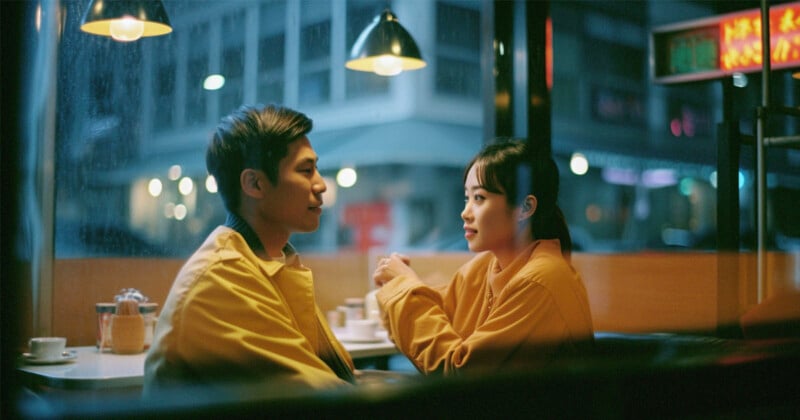Are AI Photographers or ‘Synthographers’ a Thing Now?

A new term has popped up recently: “Synthographer.” It’s a mishmash of the word synthesis and photographer and describes artists creating digital media from AI image generators.
I can hear the sound of a million photographers scoffing behind their viewfinders, but like it or not, synthography is coming — it already has its own Wikipedia page.
There are photographers out there who have so enthusiastically embraced AI that it’s already become their entire identity. In fact, whether they realize it or not — they are now synthographers.
Take Tim Tadder, a well-known commercial photographer with 111,000 Instagram followers. His feed has become a homage to the unbelievable prowess of AI, namely Midjourney.
And you have to admit, the results are impressive and some of the work really could pass as genuine photos.
“I’ve always wanted to do this shoot,” Tadder writes of today’s post, a series of fantastical high-end fashion images set in the desert.
“I took a stroll in the matrix and found magic in the dataset,” he writes. “AI is only getting better and more advanced. It’s going to be very hard to tell if not impossible to determine what is photography and what is AI photography.”
Tadder carries on to say that AI is a new “paradigm” in photography and “it’s sad that we have allowed this.”
“In five years there will be 100-megapixel AI images and we will have zero need to create practically for commerce,” he adds.
If we ignore the fact that text-to-image synthesis models were built off the backs of hardworking photographers who toiled endlessly so that, without even being asked, their work could be fed into machines which Tadder believes will come to replace them, is snythography a legitimate art form?
Prompts and Post-Processing
“Prompt engineering” is another new term surrounding AI images that relates to the instructions given to AI image generators.
This is not as straightforward as some imagine. To get good results, you have to spend a lot of time playing with prompts and it takes a level of commitment and understanding. As someone who has casually played with the generators, it’s obvious that it requires some time to master this.
And then once you have downloaded your images from the AI machine, the post-processing begins. Every photographer will be familiar with this process. You can do as little or as much as you want — but to get great results, then you probably need to do a lot.
Synthographer Jos Avery says of his editing: “There is too much to describe here but I hand composite five, 10, or more images using Photoshop. I digitally draw portions.”
Whether you’re a supporter or a critic, synthographers and synthography have arrived.
Image credits: Feature image courtesy of Julie Wieland.